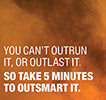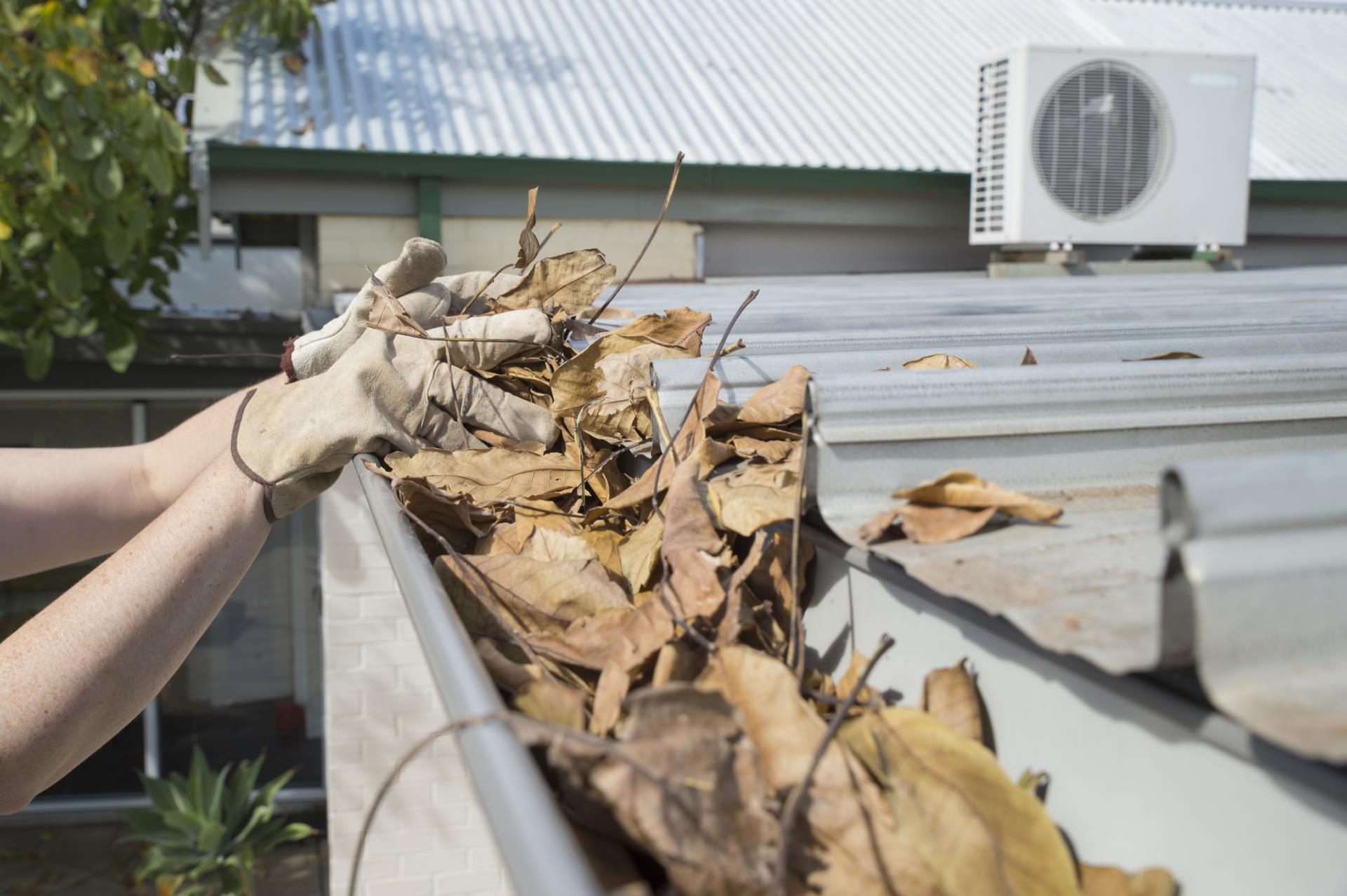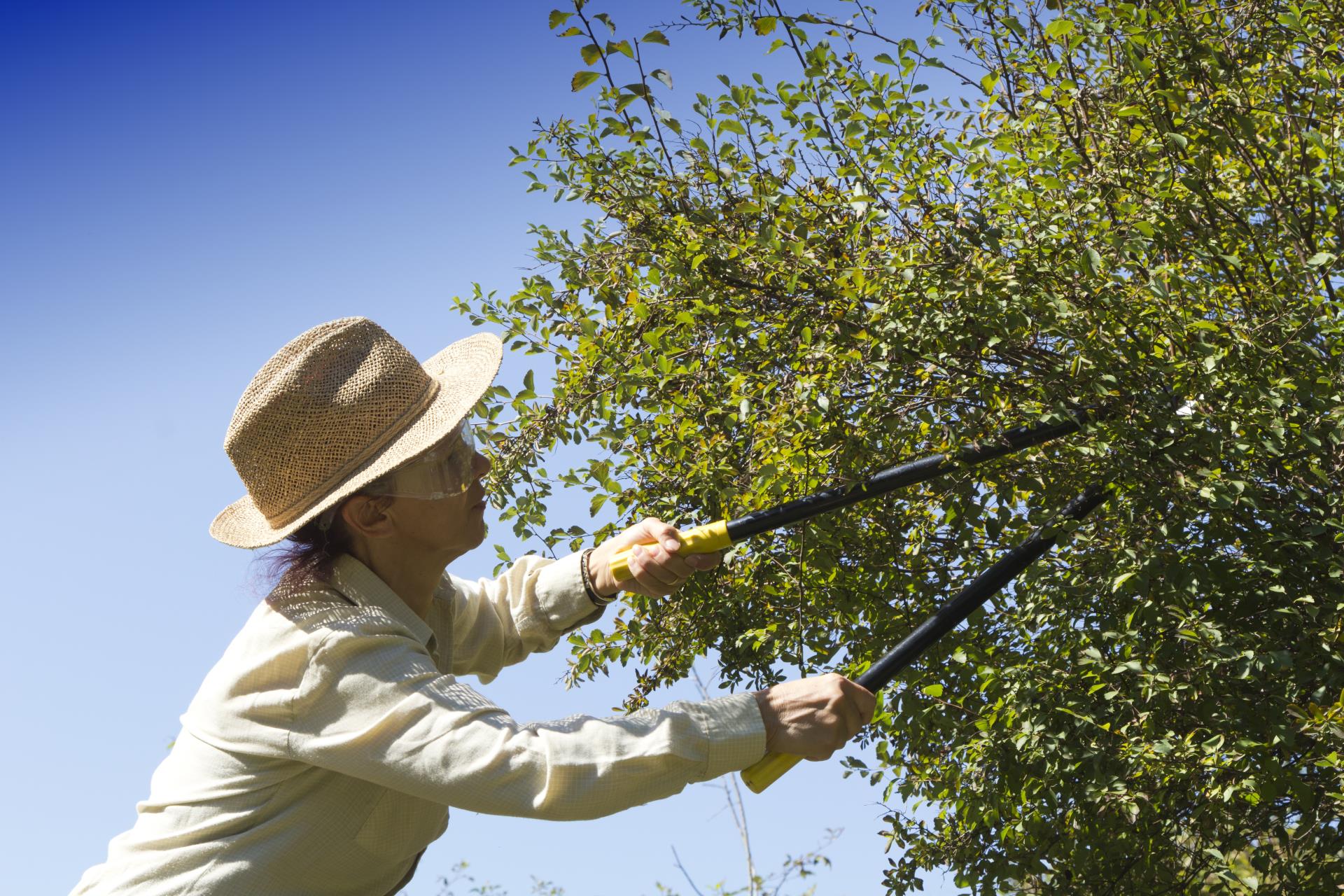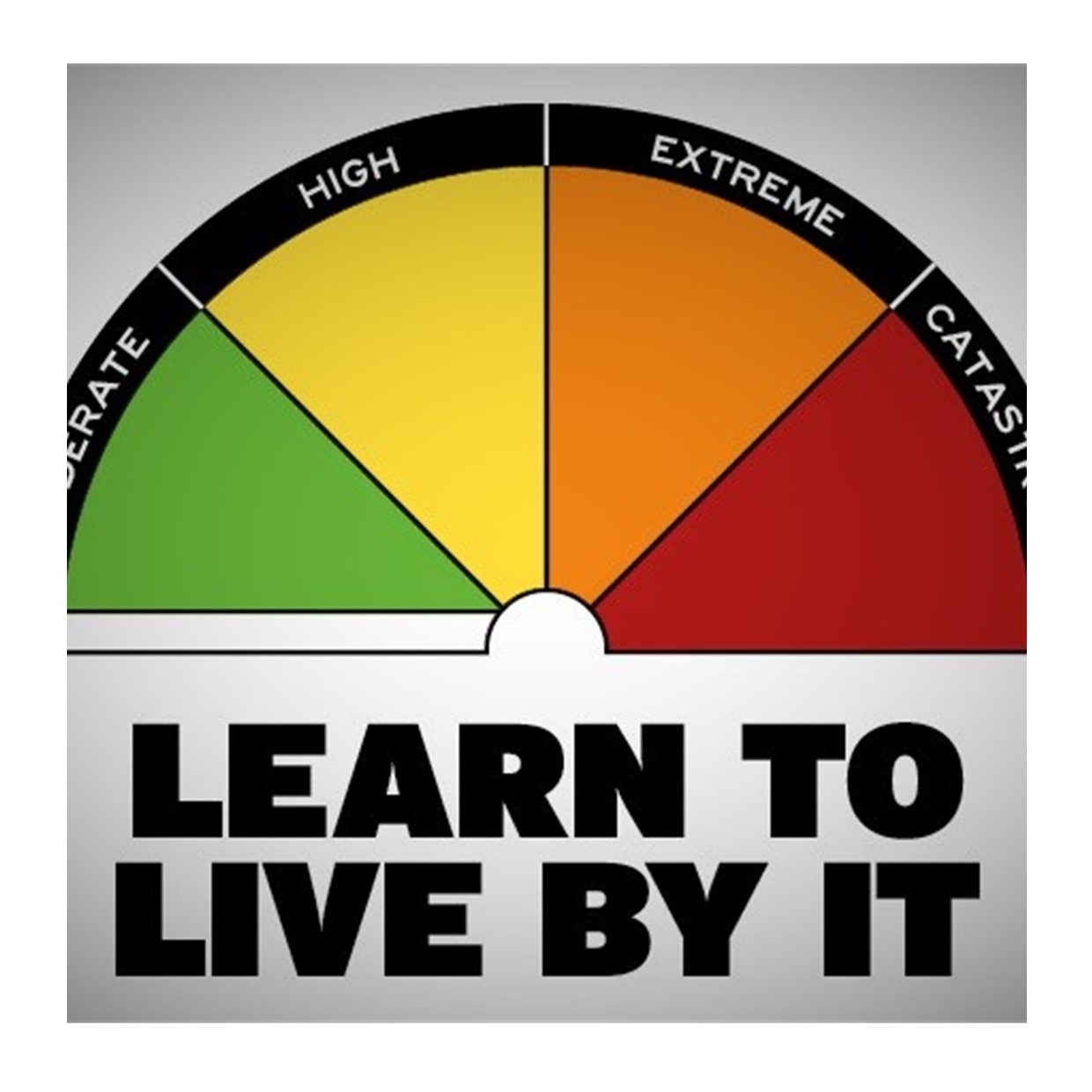Preparing for Bushfire Season
A bush or grass fire can happen at any time of the year but the risk is higher during the warmer months, when bush, grass or scrub is drier.
You don't have to live right near the bush to be at risk. Even if your home is a few streets back, or on the coast you may still be at risk.
Prepare Yourself and Family
Preparation isn't just about cleaning up around your house and property, its about having a bushfire survival plan and staying informed on the level of bushfire risk in your area. The new Fire Danger Rating System is an important tool to use to stay informed.
An approaching fire can be terrifying, the roaring sound, smoke darkened sky, embers raining down causing spots fires all around you with the thick heavy smoke stinging your eyes and choking your lungs making it difficult to breathe. To help your family prepare for a bush fire, you need to make a bush fire survival plan. This will help you make important decisions like when to leave, what to take, and what to do with your pets and animals.
Take the time to have a chat with your family and create a plan to be safe and leave early.

Prepare Your Property
A well prepared home and property is more likely to survive a bush fire or ember attack. A well prepared home can also be easier for you, or firefighters, to defend and is less likely to put your neighbours' homes at risk. A well prepared home will also give you more protection if a fire threatens suddenly and you cannot leave. Embers can travel many kilometers ahead of a fire, so even if you aren't directly threatened by a bushfire, you may be impacted by embers.
Depending on the size of your property there are specific fire prevention measures that must be undertaken are listed below:
These measures are also outlined in the Annual Fire Hazard Information Booklet and in the Bush Fires Act 1954 and the Bush Fire Regulations 1954.
Basic Property Upkeep
Undertake these preparations monthly during bushfire season.
 |
- Cut the grass around your property to 7.5cm or less
- Prune shrubs so they are not dense
- Ensure gas cylinders are chained/secured upright
- Check gas release valves face away from property
- Clean your gutters of leaves and twigs
- Clean up fallen leaves, twigs and debris around the property
|
Lasting Property Protection
Complete these preparations annually.
 |
- Keep gas cylinders away from likely direction of fire
- Remove any combustible material, against or near the house
- Block gaps under the floor, in the roof spaces and under eaves
- Block gaps by external vents, skylights, chimneys and wall claddings
- Install metal fly wire mesh screens on all windows
- Install protective screen on evaporative air conditioner
- Install a fire or heat resistant shield such as a solid fence
- Cut back trees and shrubs overhanging buildings
- Have hoses long enough to reach around your house
|
Keep Informed
The new Fire Danger Rating System has four levels. Each level tells you how dangerous a bushfire could be if one starts and comes with clear actions to take. The higher the Fire Danger Rating, the more severe the bushfire could be.
Fire Danger Ratings are important when deciding on your trigger to leave in your bushfire plan.
|

|
On hot, dry and windy days...
- Pay attention to your local radio and TV stations
- Monitor the City's website/Facebook page
Visit...
|